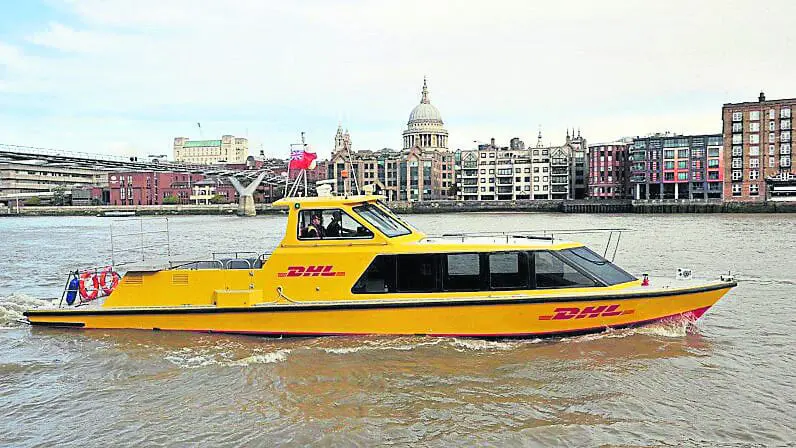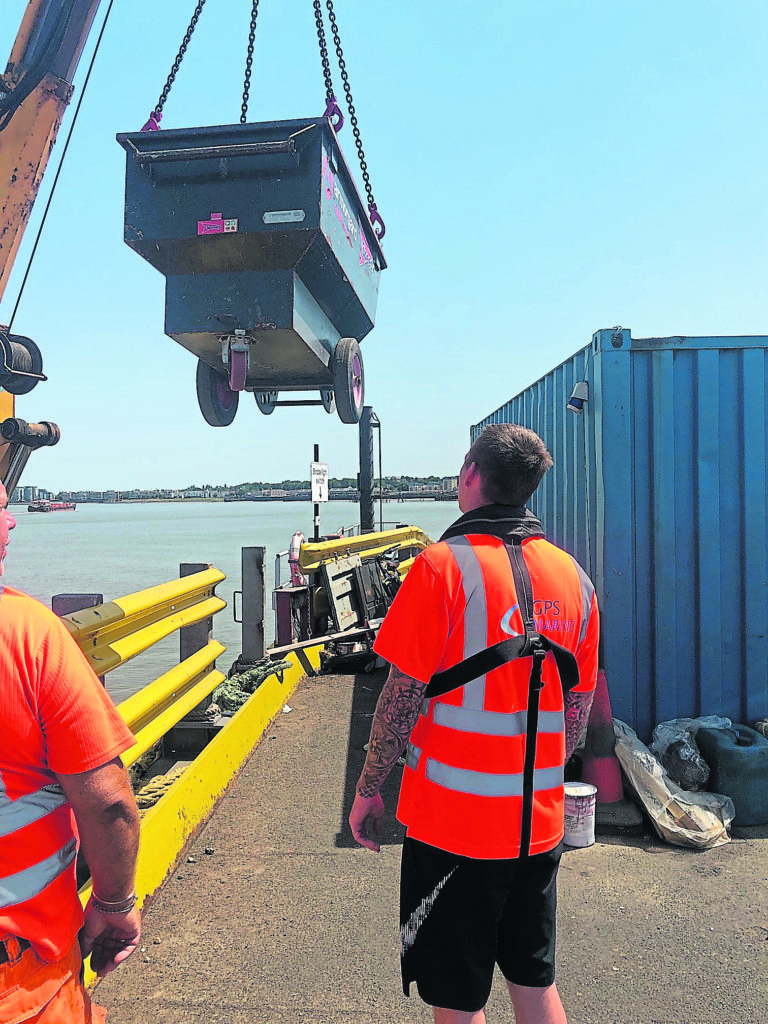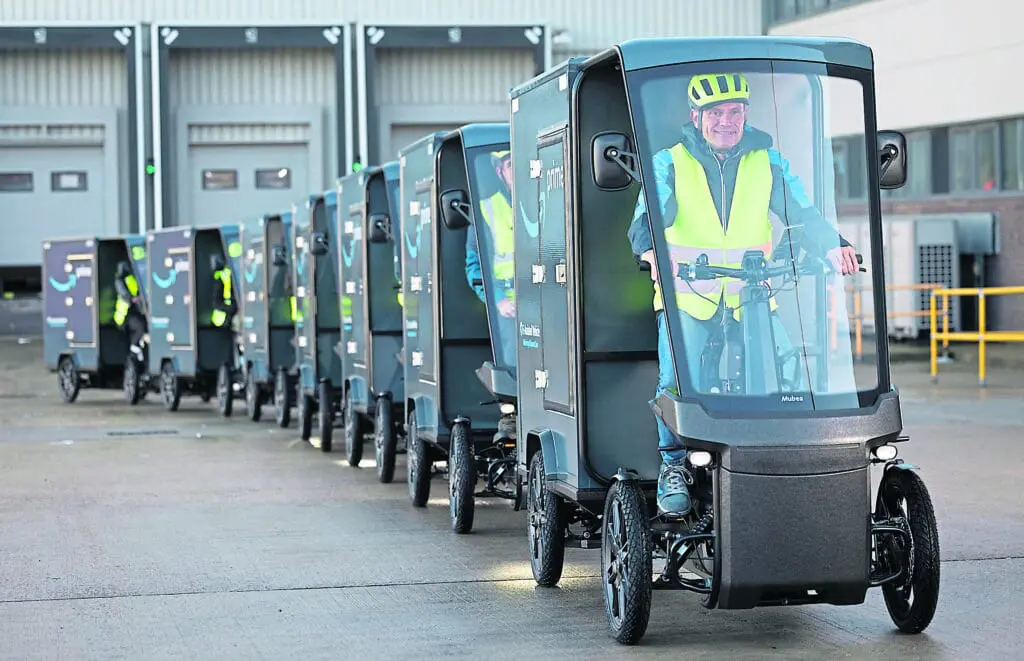Jonathan Mosse’s monthly look at freight developments on the inland waterways.
AT THE end of November, the British Ports Association (BPA) and the UK Chamber of Shipping jointly hosted their annual Scottish Parliamentary Maritime reception in Holyrood, with a sizeable grouping of MSPs, to discuss the sustainability and energy revolution in their sector.

Delivering a Green Future for Scottish Shipping and Ports is the title of their latest report, with Scotland claiming to be leading the UK’s path to a green future, represented by its thrust to reach net zero by 2045, five years ahead of other nations’ targets.
While the BPA acknowledges that there is an unquestionable role for the UK Government in securing ambitious international targets (Rishi Sunak made it to Sharm El-Sheik in the 11th hour, after all) much of what is needed in Scotland can be delivered by the Scottish Government.
Stuart Cresswell, BPA chairman, observed: “We are living through a very important time for not only our industry, but for the nation as a whole as we transition towards the new world of low carbon. It is clear to everyone that Scotland’s ports have an absolutely pivotal role to play in delivering this vision.”

Now that’s all well and good as far as it goes which is, in effect, the coast! I’d be the first to admit that Scotland’s shoreline is not exactly riddled with navigable inlets, penetrating deep inland. However, the report does major on the importance of infrastructure, and what are connected inland waterways (where they exist) if not an important facet of a port’s basic infrastructure?
Just as Glasgow and the River Clyde shun onward, local water transport from, say, Greenock or King George V Dock, London, in direct contrast, embraces it across a broad spectrum of traffic, from bulk aggregates through to last mile parcels traffic.
The Thames trial I reported on in last September’s edition of Towpath Talk is now not only completed, but has been written up in a detailed report and already learning has taken place, with conclusions drawn. It can be read at: www.crossriverpartnership.org/?publications=river-freight-pilot-case-study-summer-2022.
Participants quickly established that the key to success lay in the preparation. Once everything was in place, problems could be dealt with swiftly and efficiently. It was found that communication channels needed to be clear, with a key contact always available.
Success lay in promoting the pilot as widely as possible. New and innovative ways to take vans off the capital’s roads remains a prescient issue, so gaining traction for the project was never going to be difficult. However, it was apparent that all concerns needed to be shared with stakeholders the moment they occurred.
The River Freight Pilot Case Study, among other things, identified where the Thames leg might, ultimately, fit into an overall delivery picture and John Spencer – director of GPS Marine, who provided the vessel for the trial – gives us a clue: “If working to (river) piers, the ideal solution would be for a large vessel to transport the cargo units and for a smaller crane-equipped vessel to shuttle between the larger vessel and the various piers, shuttling loaded and empty cargo units to and fro.”
And if you think that’s a bit of a stretch – a leap too far – going from a 40-tonne juggernaut tearing down a motorway to a silent, emission-free, electric cargo bike trickling along a pedestrianised urban street, then think Russian dolls.

Loaded aboard our juggernaut is a full-size container, into which are packed smaller, van-size containers. Into these are fitted bike-sized containers, something in the order of 200kg each and gradually, as the parcel closes in on its destination, the carrying module is broken down to the point where it’s just the package that arrives, fuss-free, on the recipient’s doorstep.
The Port of London Authority (PLA) – a major backer of the River Freight Pilot – is already putting its money where its mouth is, having just acquired Malthouse Terrace Pier, on the Isle of Dogs. This has excellent connections to nearby Canary Wharf and, while it will remain a calling point for the Uber Boat by Thames Clippers river bus service, PLA intends to expand the pier with space dedicated to river transportation of light freight and parcels.
Julie Tankard, PLA’s finance director, makes the point: “Through our investment strategy we are working to encourage more trade on the river. It’s a win-win. More river trade boosts the economy, creates jobs, and helps reduce carbon emissions in the capital by taking lorries off the region’s roads.”
So, what is there for Scottish ports, and Glasgow in particular, not to like…?
#freight #towpathtalk #canals #canalsandrivers #narrowboat #rivers #waterways #lifeonthecut #boating #boats #canallife #canallifeuk





